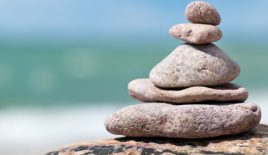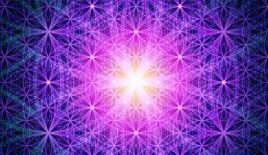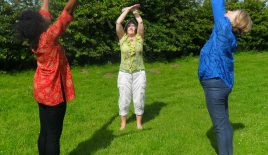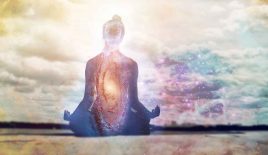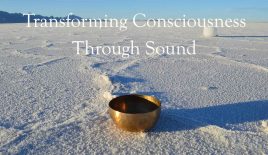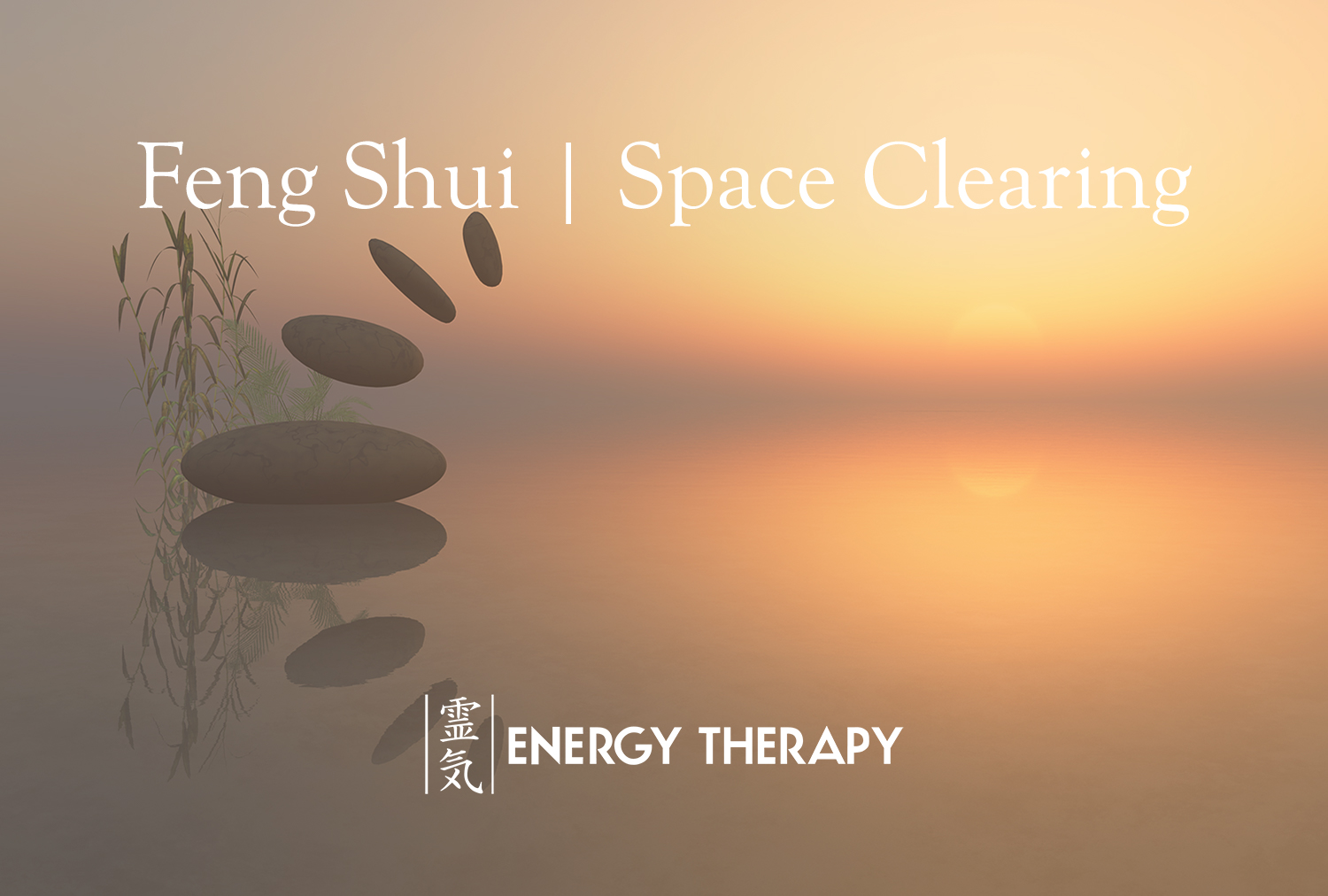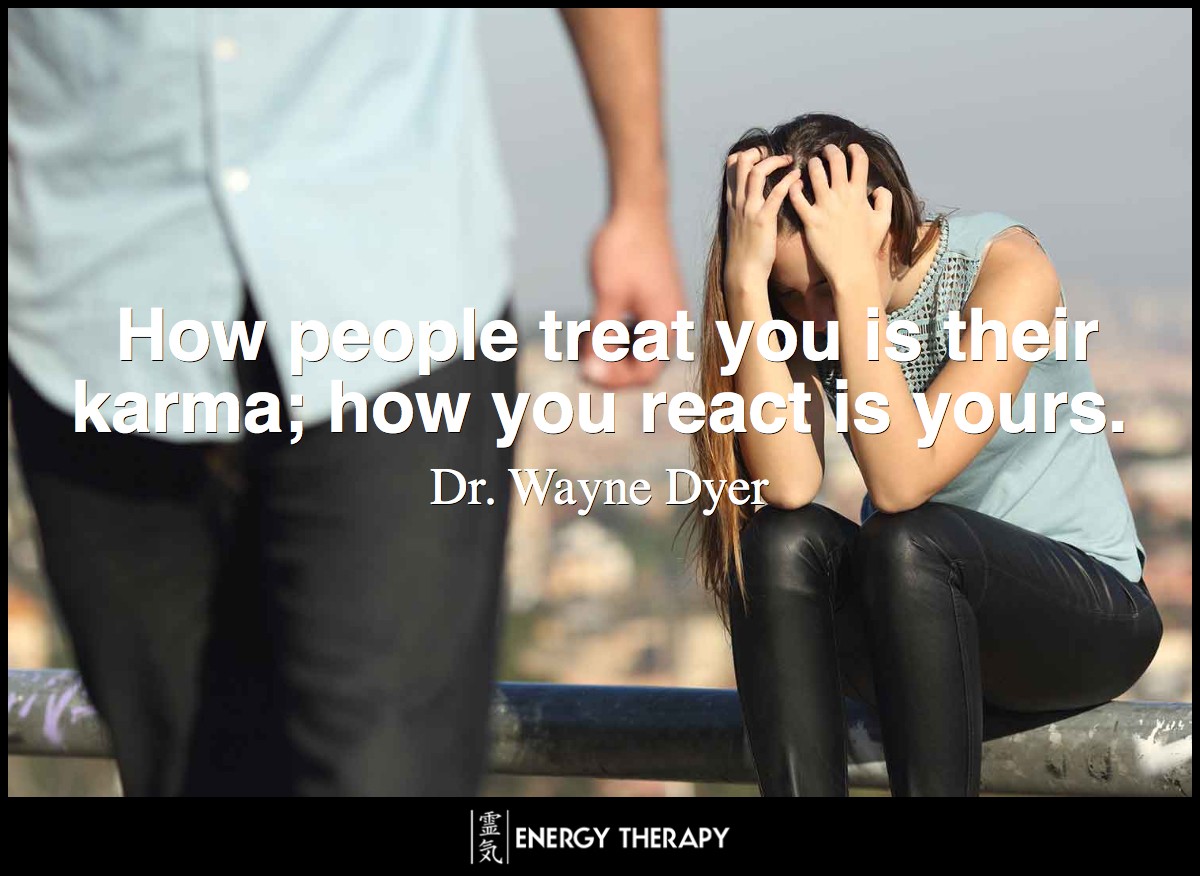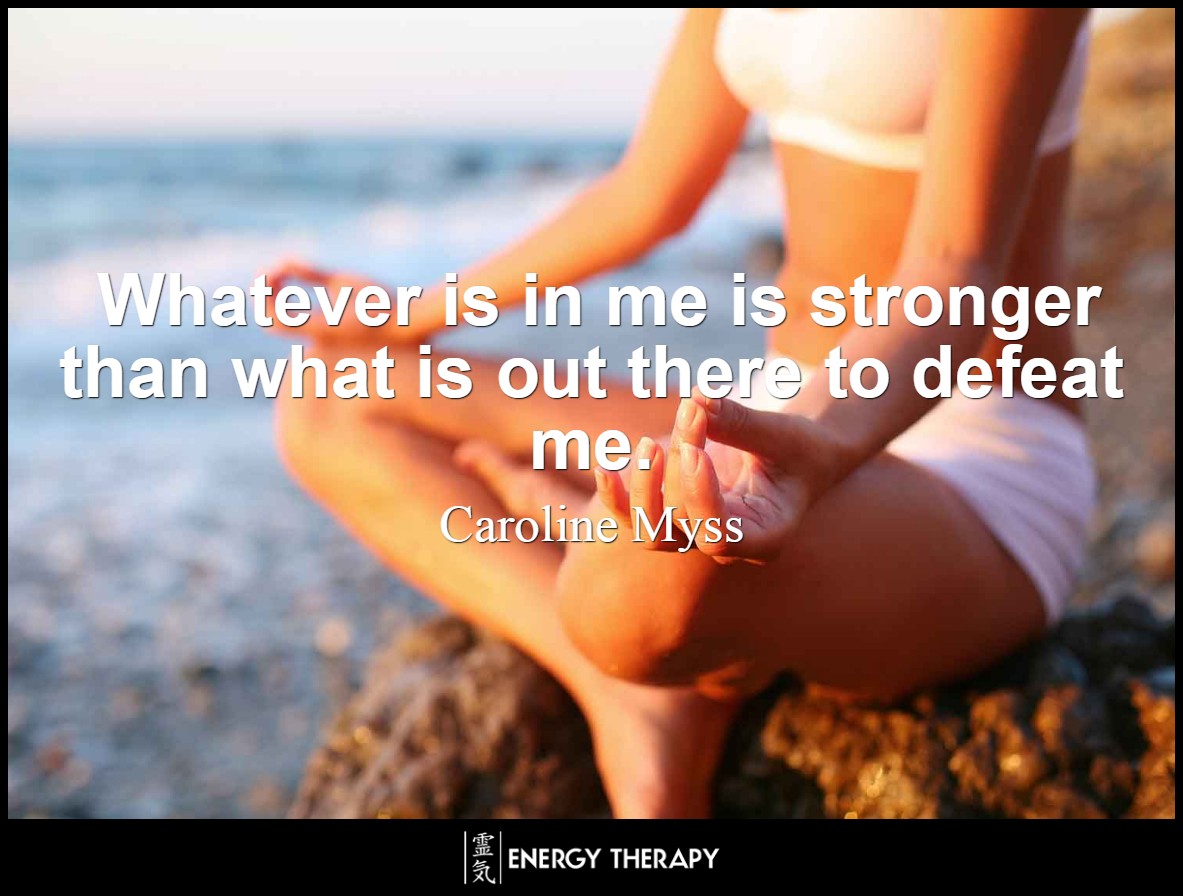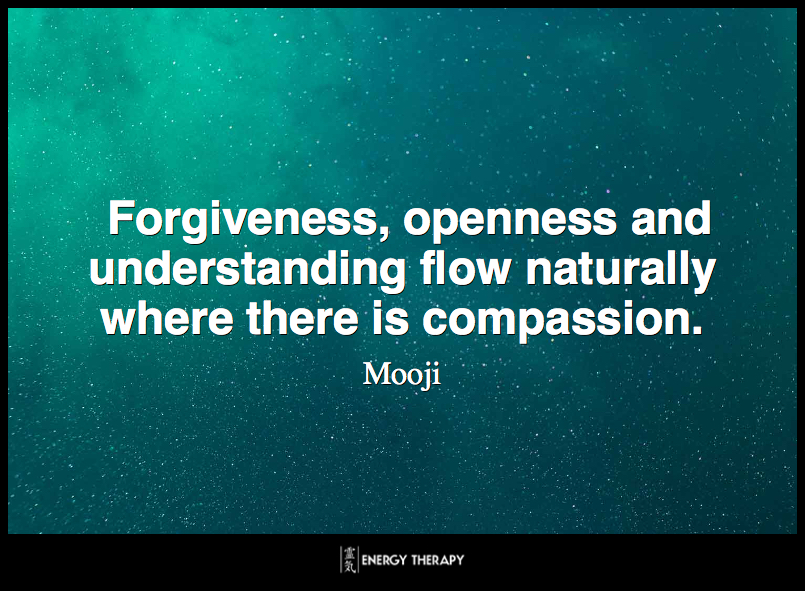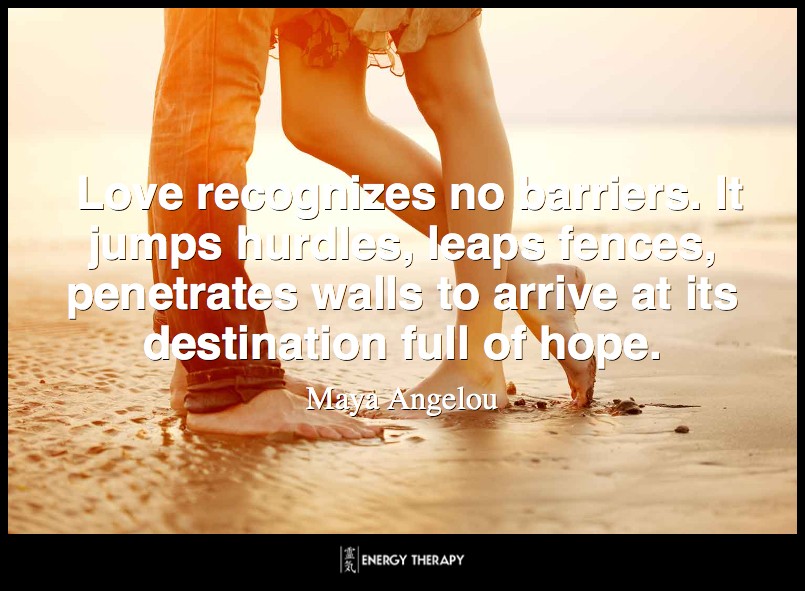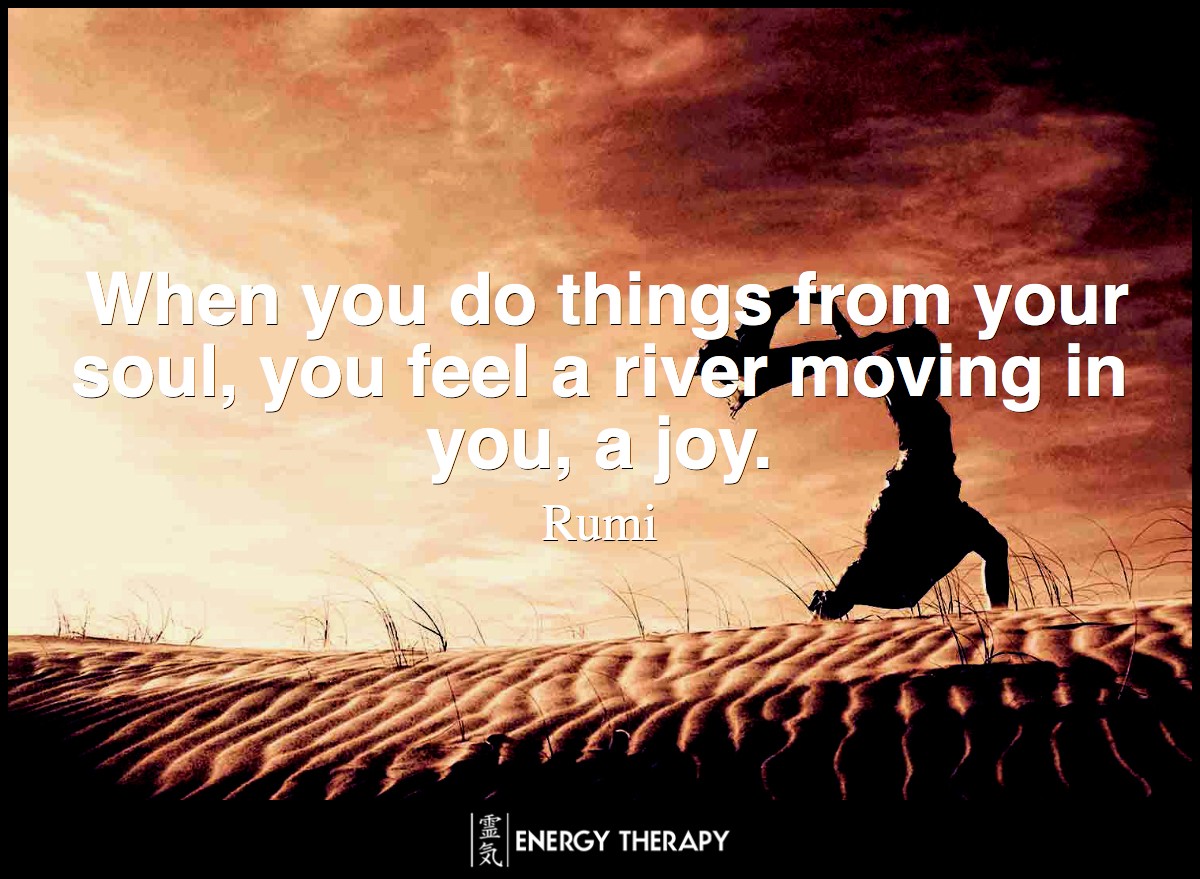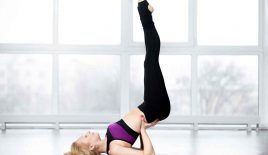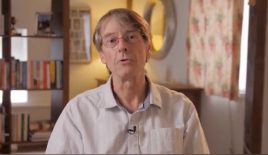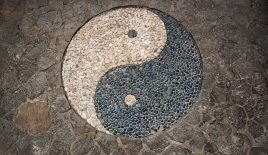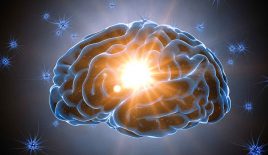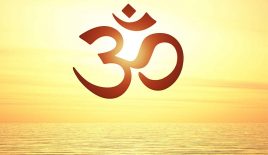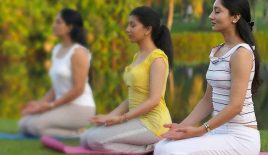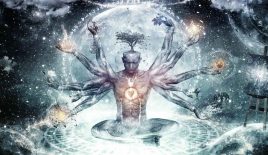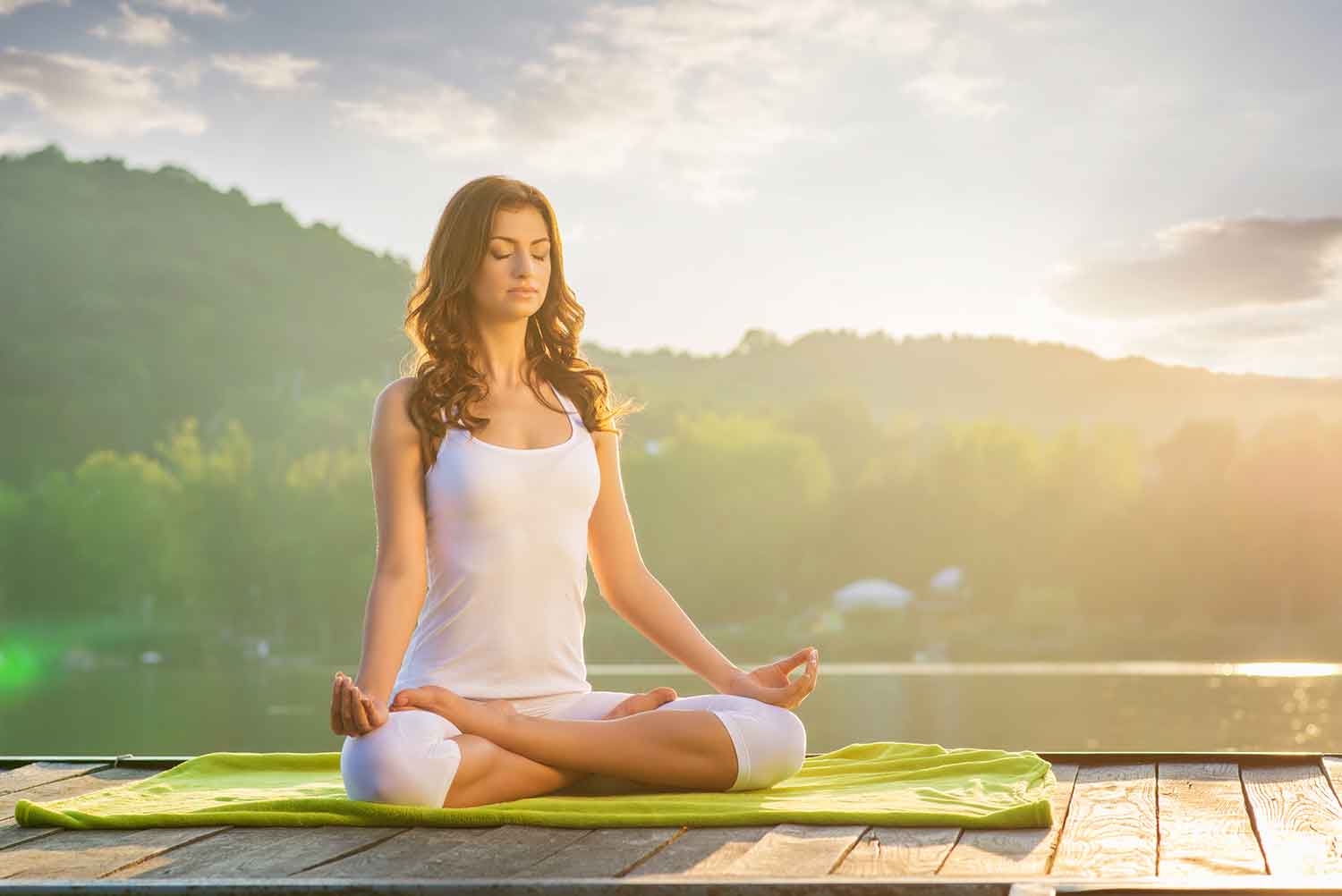Yoga: Cultivating ‘Lightness of Being’!
You might think of sequencing yoga postures purely in terms of warming up the muscles and preparing for more challenging postures. However, yogic principles go much deeper than that.
The inner intention of the yogi is the first thing. Without acknowledging the Divine within, there can be no real progress apart from the physiological benefits that exercise brings.
The next vital step is practising ‘attention’ – starting with the breath at first and then allowing one’s awareness to expand from the breath to the postures themselves, directing one’s gaze, focusing on the subtle movement between postures, noticing any thoughts and emotions that arise.
Finally, taking all of the above into account, following a specific sequence can contribute to achieving specific states of mind.
At the end of class, following all of the above, various ‘energy’ states occur; yoga and ayurveda speak of three qualities or ‘gunas’.
Tamas is associated with feelings of lethargy, heaviness, and inertia. For example, if you wake up groggy and tired in the morning, it’s usually a sign that tamas is dominating.
Rajas can be described as feelings of excitement, being energised and full of activity. The flip side here is that restlessness and mental agitation accompany this state.
Sattva is the third quality and the ideal to attain: it equates with ‘lightness of being’. It corresponds to feeling expansiveness, joyfulness, lightness. There is a feeling of being detached and full of joy for no particular reason!
According to the Yoga Sutras of Patanjali, the original intention of yoga is to enhance the quality of Sattva – a calm yet alert state of mind. If the yoga student goes into Sattva on a daily basis over many weeks and months, transformation of his or her life happens quite naturally. The student begins to carry that quality of Sattva into his or her life.
This is how true transformation happens ‘on the mat’ in yoga. And that’s why people who do ‘gym yoga’ (i.e. yoga purely as exercise) don’t understand this inner process of Divine Alchemy.
According to Patanjali, one major goal of yoga is to move from contraction in the body, agitation in the mind, and stress in the emotions to a place where one feels stable, comfortable, focused and alert – and ultimately enjoys good health.
Being a yoga student – and teacher – means raising your level of consciousness – which is no easy thing.
In order to experience a well-rounded and holistic yoga practice, a deep ‘resonance’ must be felt between the devotee and his/her Source of Being.
The following ‘order’ of poses will help to bring about the quality of ‘sattva’, if the principles of intention and attention are followed, as already discussed:
1. Sun Salutations: Sun Salutations create movement and heat, discharging agitation, anxiety, and stress (a ‘rajas’ quality). They also warm-up every major joint and muscle in the body. There are variations for people who are not able to do the classical versions of Surya Namaskara A, B or C.
2. Standing ‘Balancing’ Poses: Following Sun Salutations, standing yoga poses bring strength, confidence and vigor to the body by releasing anxiety and tension. Balancing poses promote attention of the mind. You can’t stand on one leg if your mind is wandering! Today, Vinyasa yoga teachers incorporate standing ‘balancing’ poses whilst moving through sun salutations.
3. Supine and Prone Yoga Poses: After the discharge of rajas in the Sun Salutations and standing poses, body and mind begin to settle down in the supine and prone poses. Lying down poses begin with a rest lying in supine (‘on your back”) position. This provides a check-in with the body, breath and mind. Poses here include any asana in supine, inverted and prone (“on your front”) postures.
4. Seated Poses and Pranayama: The seated postures are often done statically and are great for opening the hips and low back in preparation for sitting for pranayama and meditation. Seated poses help the yogi to focus inward and prepare the mind for seated pranayama. Pranayama cleans the nadis and settles the mind for meditation.
5. Meditation: Meditation, or ‘dhyana’, is the final step of the practice. This is where the mind comes into a one-pointed focus. In the yoga tradition, one becomes naturally absorbed and eased into deep meditation if the previous steps were successful. Sattva quality is dominant during this phase of the sequence.
Get into a Sattva mind on your mat and then carry this state of being into your life!
Enjoyed this article and want to know more? Here are some easy steps you can take right now…
- Book a life changing “remote healing session” with Soul Guidance with Jaime: https://www.energytherapy.biz/energy-healing-with-jaime-tanna/
- Join Jaime’s fantastic 1 year Energy Coaching Program: Total Frequency Shift — Discover Radiant Health & Freedom
- Sign up for Jaime’s exciting new substack at https://energytherapy.substack.com/https://energytherapy.substack.com/


